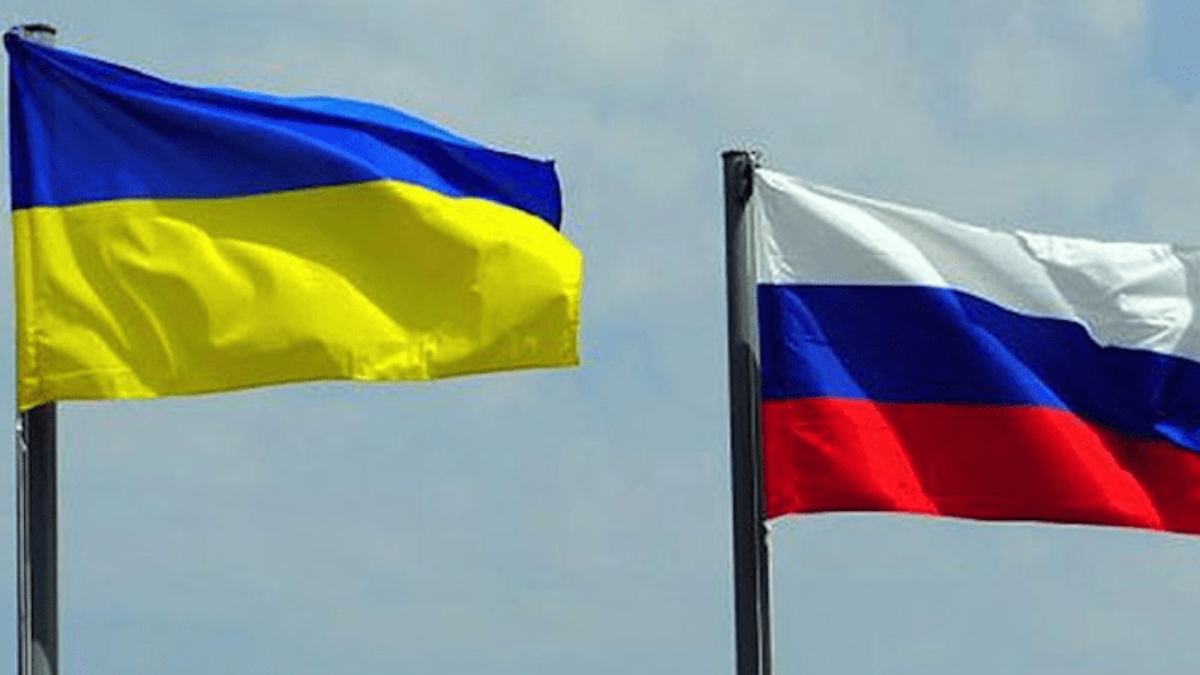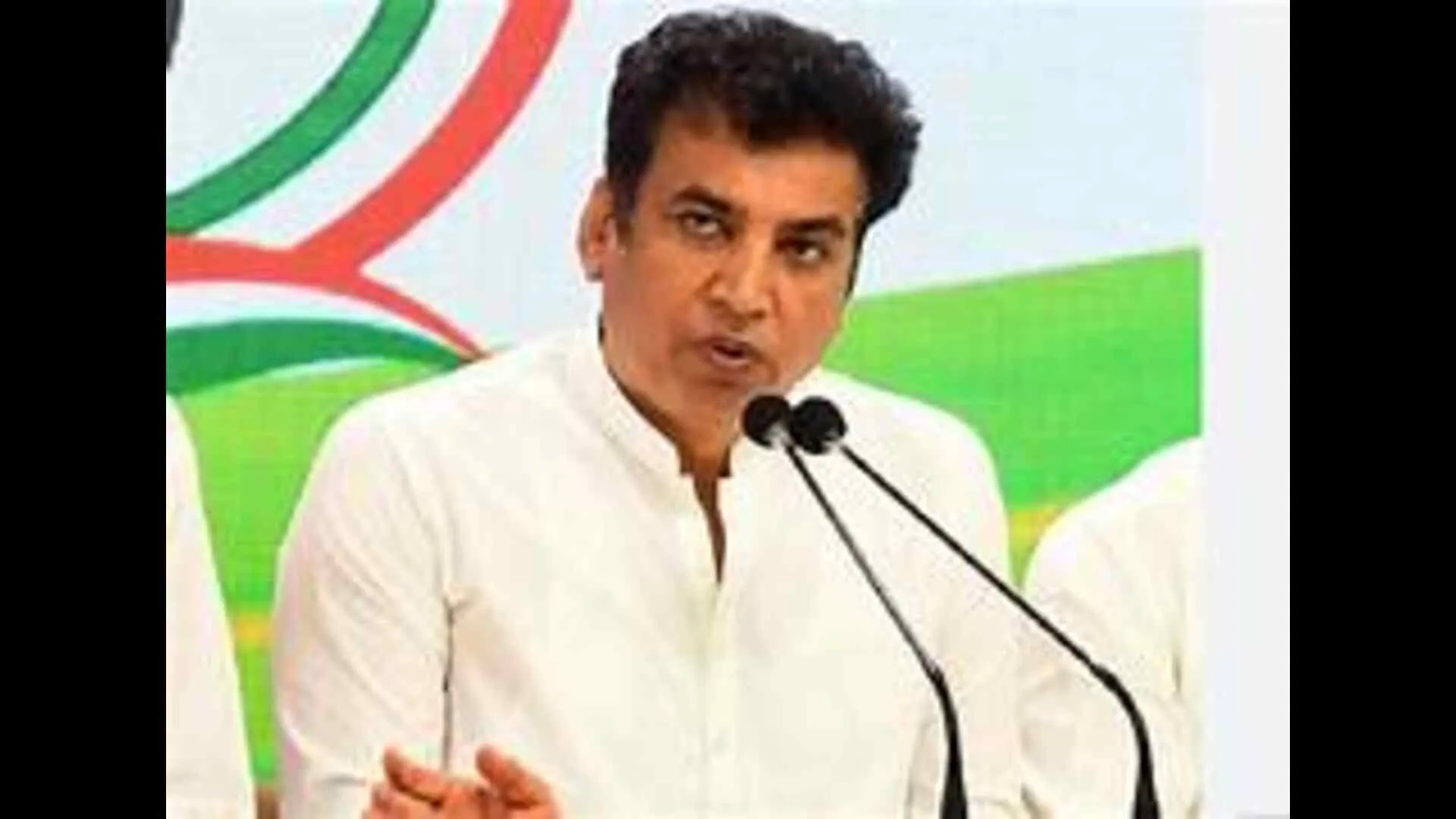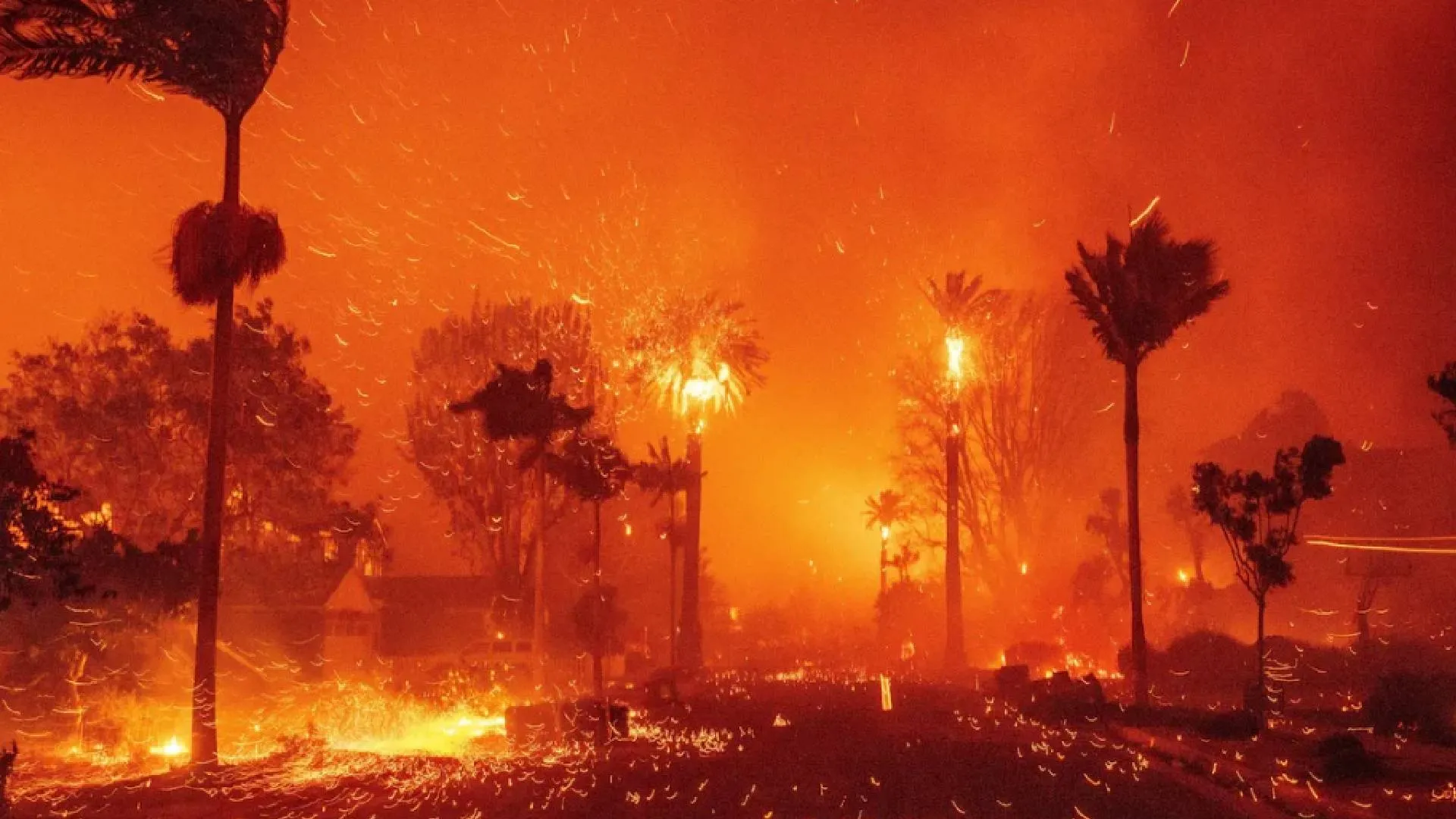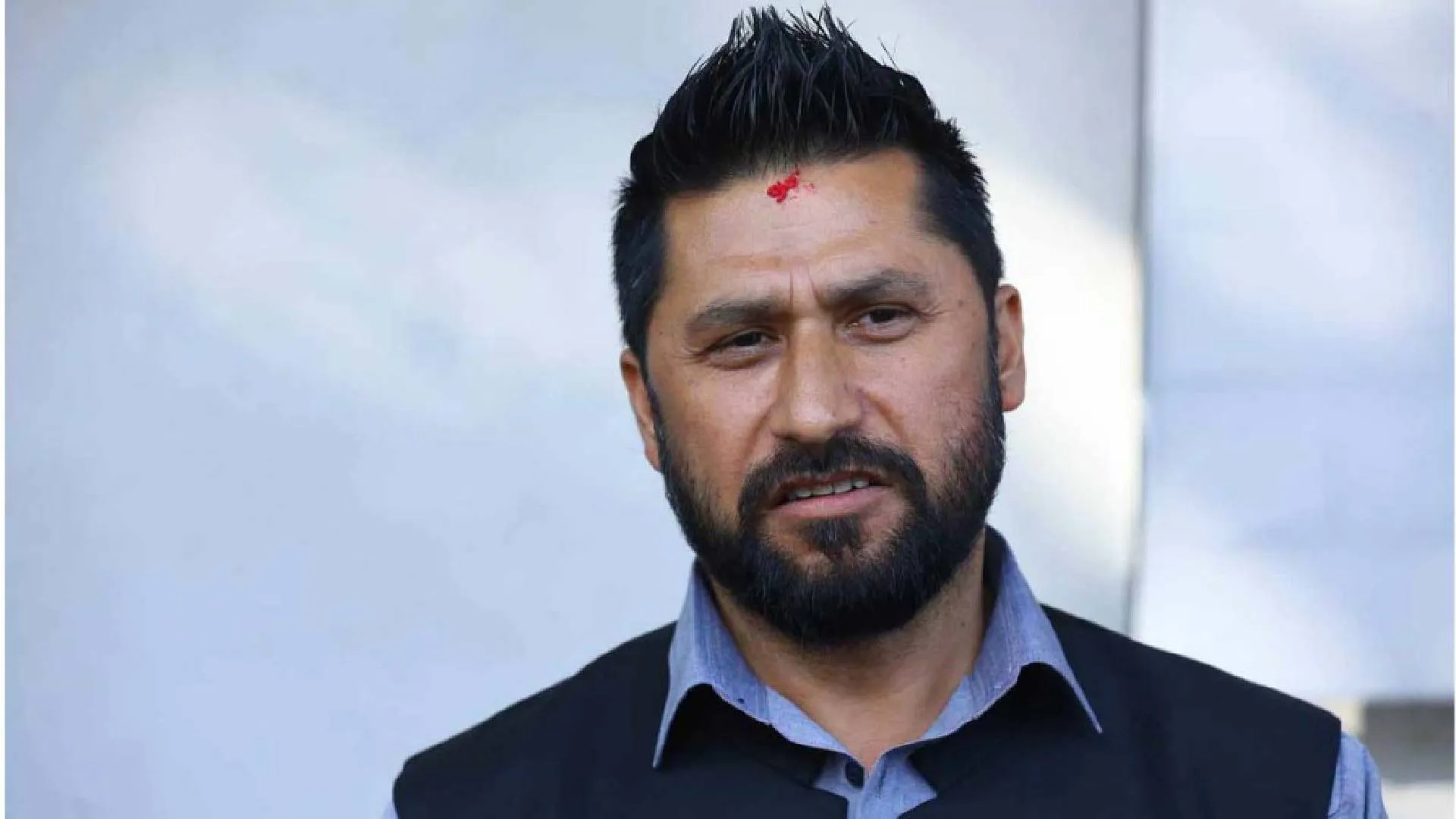When their tanks and warships r o l l e d i n t o Ukraine on February 24, the Russian military and their political leadership thought Kyiv was up for grab for the asking. But little did they foresee that what they thought was a skirmish would turn into a full-fledged war stretching into weeks and then months. Russia’s war on its neighbour, eponymously called ‘Special Military Operation’, has entered its fourth month and there are no signs of the war abating in foreseeable future. The war is now peeling, layer after layer, off the real contest for global supremacy between the USled established world order and the challenge China and Russia together are putting up to that order, in an effort to establish geopolitical mechanisms that are more responsive to their national interests. The confrontation has widened from the narrow sphere of military conflict between Russia and Ukraine to a full-scale economic war between the US-led western alliance and a Russia– China joint front. Both blocs are using finance, trade, commerce, and natural resources as weapons to bring the fight to an exhaustive finish. The US and Russia are now engaged in a dangerous game of geopolitical brinkmanship beyond Ukraine, which has a strong potential to spiral into a global conflagration. Two recent events validate this concern. First is the filing of formal application by Sweden and Finland for NATO membership on May18, with the US coming out in open support promising to fast-track the process to secure them membership of the military alliance. The second is the symbolic but deliberate act of Russian and Chinese nuclear-capable strategic bombers undertaking joint air patrol close enough to the air defence identification zone of South Korea and Japan four days later on May 23, even as the US President and other foreign heads of state of the Quad countries were holding deliberations in Japan. The provocative act necessitated scrambling of Japanese Air Force fighter aircrafts. The first event brings NATO to the north-western flank of Russia, and given Russia’s concerns it has so unambiguously spelt out, the act may be interpreted as a deliberate attempt to broaden the horizon of the ongoing indirect confrontation between the opposing blocs. The second event, on the other hand, not only underscores the geopolitical signalling of a joint front by China and Russia to counter the threat from the US-led western alliance but also showcases their resolve to escalate the indirect confrontation into an open global conflict. The way Russia responded to all those precipitative events and took them as a direct threat to its security, a prelude to its invasion of Ukraine, was quite predictable. John J Mearsheimer, noted US political scientist, has long been warning against NATO expansion. The international relations scholar has since 2014 time and again emphasized extending NATO to embrace Ukraine is bound to invite a strong reaction from Russia. Echoing his fears a Rand Corporation report, ‘Russia’s Military Interventions, Patterns, Drivers and Signposts’ in 2021, had outlined Russia’s concerns in no uncertain terms. The report had made two notable key findings. According one, Russia has intervened militarily whenever the country perceives a regional balance shifting away from a status quo against its interests. Russia has, in respect of Ukraine, made it clear for years that it would respond to any western intervention into the country, says the second finding. Interestingly, the Rand report was sponsored by the office of Deputy Chief of Staff US Army. However, the US-led bloc has been consistently adventurous in pushing NATO frontiers eastwards to the borders of Russia, knowing it well how Russia would respond to such adventures. There is no guessing then that the western bloc did not stumble into a confrontation with Russia over Ukraine. It is rather part of an overall US strategy to provoke a Russian military intervention and use it as a casus belli to undertake strong retaliatory response short of a direct military confrontation. Russia first enunciated its red lines on NATO’s eastward expansion in 2014, after the political crisis in Ukraine that led to ouster of President Viktor Yanukovych from power and Russia invading Crimea and annexing it. It took the country seven years to undertake the ongoing war to thwart Ukraine’s attempt to join NATO. It stands to reason that this period has been put to gainful use to undertake comprehensive evaluation of threats, vulnerabilities, likely enemy reaction, planning and preparing an effective course of action, and deliberate on contingencies arising out of a comprehensive riposte by the adversary. Russia too has thus been deliberate in undertaking a military offensive against Ukraine despite the certainty of a comprehensive western bloc reaction. The war highlights Russia’s resolve to engage with the US-led western alliance, even risking the conflict spiralling into a nuclear confrontation, to aggressively protect its national interests. Another portentous development that ongoing conflict has thrown up is the coming together of Russia and China, with China providing the Russians indirect support which they would leverage to circumvent the economic sanctions. This also signals an emerging Russia–China axis to openly challenge the US-led established world order. With China’s belligerence in South China Sea propelling US pivot to the East, away from Europe, Russia took this as an opportune moment to secure its south-western flank against NATO expansionism. Almost simultaneous offensive action by Russia in southern Europe and China’s belligerence in maritime regions of East Asia poses a strategic dilemma for the US-led western bloc. An active joint front of China and Russia has the potential to tilt the geopolitical balance of power away from the West in favour of the former. The overall US and EU strategy rests on the twin pillars: tying down Russia in a prolonged debilitating armed confrontation in Ukraine, by providing Ukraine with extensive financial aid, trained mercenary manpower, weapons and ISR support, and simultaneously weaken Russia’s comprehensive national power through imposing trade, commerce and monetary sanctions. Ukraine’s biggest achievement has been to ensure the survival of its Government by retaining control over the capital city of Kyiv and forcing the Russians to beat a retreat from Kharkiv, the second largest city, while pushing the northern prong of the Russian offensive from the outskirts of Kyiv back to the borders. Its military strategy is forcing Russia to employ artillery firepower predominant tactics, resulting in heavy destruction of industrial, housing and communication infrastructure in eastern Ukraine. Nevertheless, Russia has achieved great success in cutting off Ukraine’s access to the maritime waters of Black Sea, with the fall of Mariupol, nearing completion of securing the regions of Donetsk, Luhansk and the coastal region of Ukraine, while encircling major part of the Ukraine forces in eastern Ukraine, making them vulnerable to piecemeal annihilation. Though Russia may achieve its curtailed objectives, its victory would be hollow, for the country lacks financial resources to rebuild the lucrative industrial base in east Ukraine. The author is a war veteran and strategic expert

















